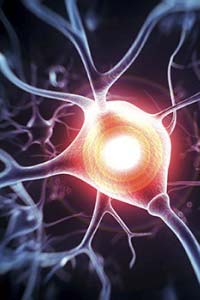Parkinson’s Disease: The Need for a Comprehensive Approach
Ask most people what symptom they associate with Parkinson’s disease (PD) and the answer is tremor or shakes. And they would be right. Tremor is often the first and most visible symptom of PD. However, about 30 percent of patients never have a tremor. The defining symptom of PD is not tremor but slow movements, also called bradykinesia. This is a reason why PD is considered a movement disorder.
However, there is a growing realization that PD has a wide range of symptoms in addition to tremor and slowness. These include muscle stiffness, difficulties with walking and balance, depression,350×350 poor memory, insomnia, blood pressure fluctuations
and others.  Thus, the typical evaluation where the patient is asked a few questions on how they are doing and advised a change in medication is not enough.
Thus, the typical evaluation where the patient is asked a few questions on how they are doing and advised a change in medication is not enough.
There is a need to evaluate the patient in a comprehensive way measuring all the significant symptoms and developing a treatment plan that addresses the
needs of the patient as a whole.
Unlike many medical conditions, there is no blood test or X-ray to measure the severity of PD. In my clinic at Palm Beach Neuroscience Institute (PBNI), I use the Unified Parkinson’s Disease Rating Scale (UPDRS) for evaluating patients. This scale was developed at New York’s Columbia University and the Queen Square Neurological Institute in London. It measures the patient across different domains, including both motor and non-motor symptoms, activities of daily living and complications of medical treatment. This allows a detailed identification of the needs of the patient so that a plan can be made for comprehensive care.
At the Comprehensive Movement Disorders Center at PBNI, we offer a range of options that can address these needs including medication changes, physical therapy, suggestions for diet and exercise programs and, when necessary, surgical treatment for PD in the form of deep brain stimulation surgery (DBS). This patient-centered model of care is designed to allow our patients to optimize their quality of life no matter the stage of their disease.
